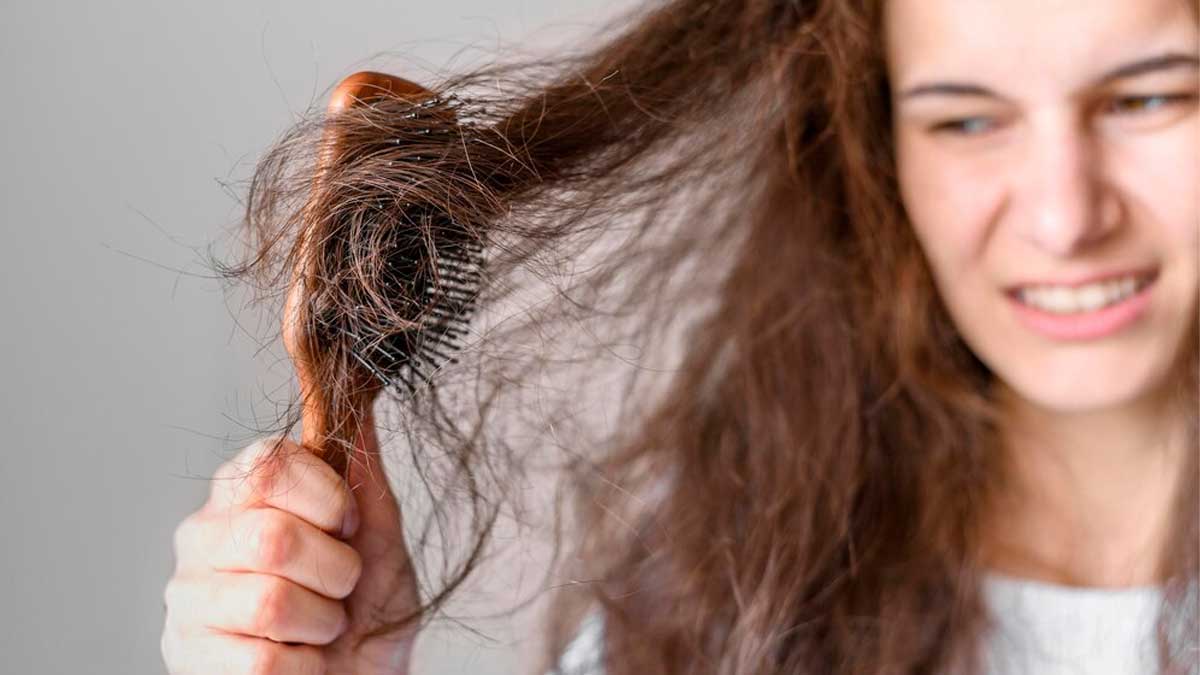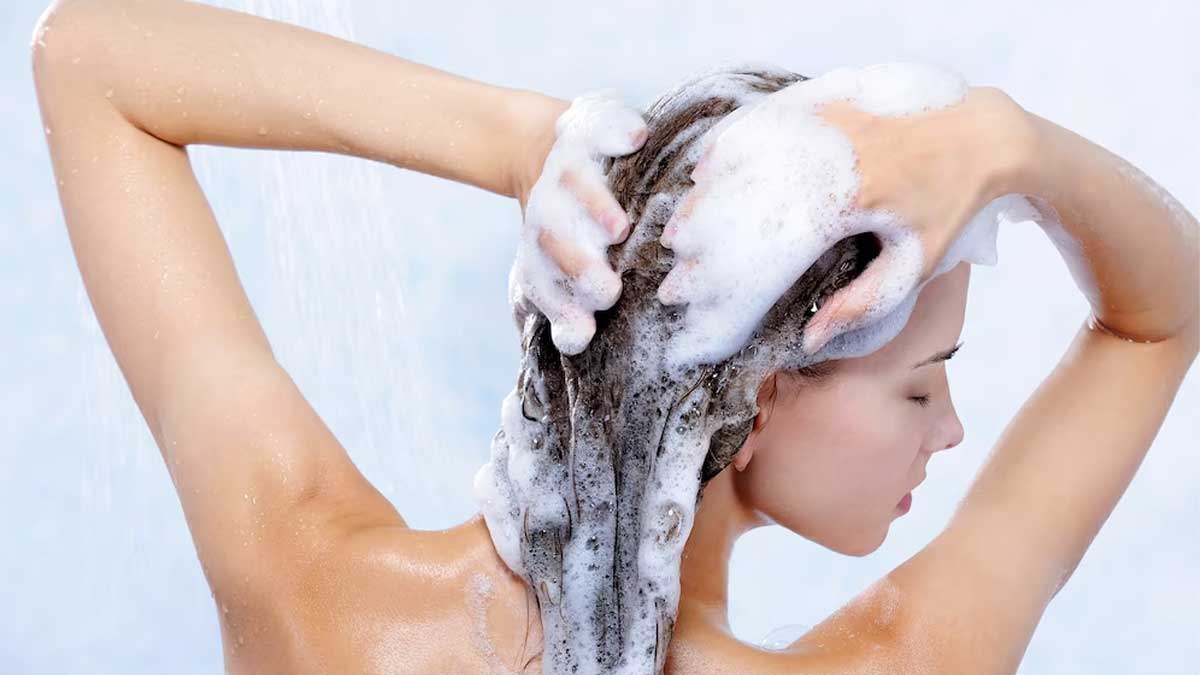
Have you ever complained of unpromising results when it comes to hair care? This may be due to the everlasting effects of pollution, such as smog and dust on your hair. However, fret not as you can shield your hair from these pollutants by following some easy yet effective tips. In this article, we list the impact of pollution on hair and how to combat it.
Table of Content:-
How Does Pollution Impact Hair

Oxidative Stress
Environmental pollutants release free radicals, causing oxidative stress. These free radicals attack the hair cuticles, resulting in weakened and brittle strands. Over time, this damage can result in hair breakage and loss of shine.
Dryness and Frizz
Air pollution, especially in urban areas, can strip the hair of its natural oils, leading to dryness and increased frizz. This lack of moisture makes the hair more prone to tangling and can contribute to a lacklustre appearance.
Scalp Issues
Pollutants can settle on the scalp, clogging pores and affecting the overall health of your hair follicles. This can lead to issues, such as dandruff, itching, and in severe cases, hair thinning.
Also Read: Impact Of Air Pollution: Expert Explains How It Affects Pregnant Women And Children
Tips To Protect Your Hair From Pollution Damage

Cover Your Hair
This is one of the simplest and most effective ways to protect your hair from pollution. All you need to do is wear a scarf, or hat, or use an umbrella when commuting through polluted areas. This will help create a physical barrier between your hair and the environmental pollutants.
Choose Protective Hairstyles
You should choose hairstyles that keep your hair contained and minimise exposure to pollutants. Braids, buns, and ponytails can help reduce the surface area of your hair exposed to the elements.

Regular Washing
Did you know frequent washing is essential to removing pollutants and accumulated particles from your hair? Use a mild, sulphate-free shampoo to cleanse your hair without stripping it of its natural oils. Also, consider adding a clarifying shampoo into your routine once a week to deep-cleanse and remove any stubborn residue.
Also Read: Hibiscus Oil For Hair: Benefits Of Hibiscus Oil And How To Make It At Home
Deep Conditioning
You can combat dryness caused by pollution by indulging in regular deep conditioning treatments. Choose a nourishing hair mask or conditioner that replenishes moisture and restores the health of your hair.

Limit Heat Styling
Excessive use of heat-styling tools can exacerbate pollution-related damage. Minimise the use of hair dryers, straighteners, and curling irons, and when you do use them, apply a heat protectant to shield your strands from the heat.
According to the Annals of Dermatology, hair dryers are often used and can lead to dryness, roughness, and colour loss in the hair.
Scalp Care
You should pay attention to your scalp health by adding a gentle exfoliating scalp scrub into your routine. This helps remove impurities, unclog pores, and promote a healthy environment for hair growth.

Balanced Diet
A well-balanced diet contributes to overall hair health. Hence, consume nutrient-rich foods, including fruits, vegetables, and proteins, to provide your hair with the essential vitamins and minerals needed for strength and resilience.
Hydration
Staying hydrated is crucial for maintaining healthy hair. Drinking an adequate amount of water helps flush out toxins from your body, promoting overall well-being, including the health of your hair.
[Disclaimer: This article contains information for informational purposes only, hence, we advise you to consult your expert if you experience hair issues for a longer time.]
Also watch this video
How we keep this article up to date:
We work with experts and keep a close eye on the latest in health and wellness. Whenever there is a new research or helpful information, we update our articles with accurate and useful advice.
Current Version
